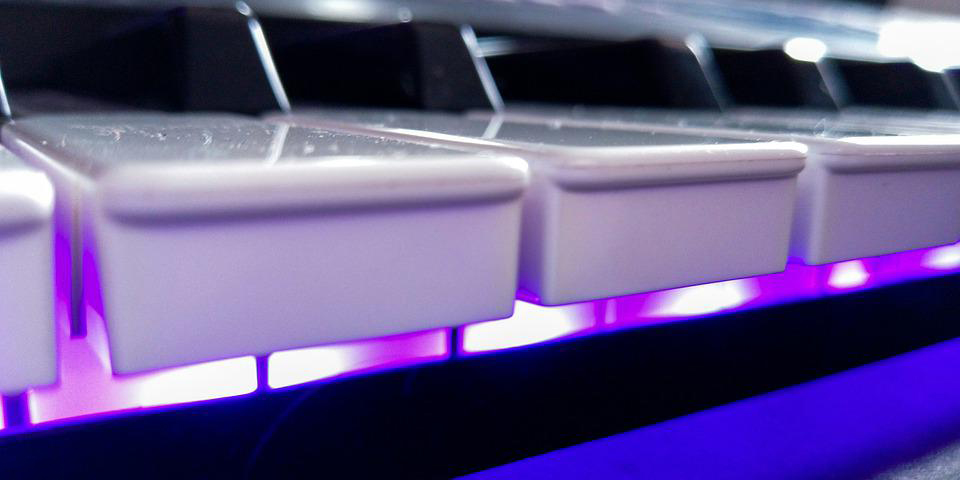The Basics: Understanding Digital Piano Components
1. Keyboard:
At the heart of every digital piano lies its keyboard, which serves as the primary interface for players to express their musical creativity. Unlike acoustic pianos, which rely on mechanical hammers and strings, digital pianos utilize electronic sensors to detect key presses. These sensors transmit signals to the instrument’s sound module, triggering the generation of digital audio.
2. Sound Module:
The sound module is the brain of the digital piano, responsible for producing the wide range of tones and sounds that mimic those of acoustic instruments. It contains a library of high-quality samples recorded from acoustic pianos, electric pianos, organs, strings, and more. When a key is pressed, the sound module selects the corresponding sample and processes it to create a lifelike sound.
3. Amplification and Speakers:
To ensure that the generated sounds are heard clearly, digital pianos are equipped with built-in amplification and speakers. These components amplify the audio signals from the sound module and project them outward, allowing players to enjoy a rich and immersive listening experience. Some high-end models even feature advanced speaker systems that simulate the acoustics of concert halls or recording studios.
Advanced Features: Exploring the Cutting-Edge Technology of Digital Pianos
1. Polyphony:
One of the key advantages of digital pianos is their polyphonic capabilities, which allow them to produce multiple notes simultaneously. Unlike acoustic pianos, which may experience damping when too many keys are pressed at once, digital pianos can sustain complex chords and harmonies without any loss of sound quality. This makes them ideal for playing intricate pieces of music with multiple layers of sound.
2. Touch Sensitivity:
Digital pianos often feature adjustable touch sensitivity settings, allowing players to customize the responsiveness of the keys to their liking. By adjusting parameters such as key weight and response curve, musicians can achieve a playing experience that closely resembles that of an acoustic piano. This level of customization ensures that players can express themselves with precision and nuance.
3. Connectivity Options:
In addition to their standalone functionality, many digital pianos offer a wide range of connectivity options for interfacing with other devices and software. This includes MIDI connectivity for connecting to computers and external sound modules, USB ports for transferring data, and Bluetooth connectivity for wirelessly connecting to smartphones and tablets. These features expand the versatility of digital pianos, allowing users to integrate them into their existing setups and workflows seamlessly.
Our company is a comprehensive enterprise ingratiating research and development, design, production, sales and service. We produce several kinds of electronic piano for all over the world.
If you want to know more details, add my whatsapp: +86 17706062278. Gmail: anngood88day@gmail.com





